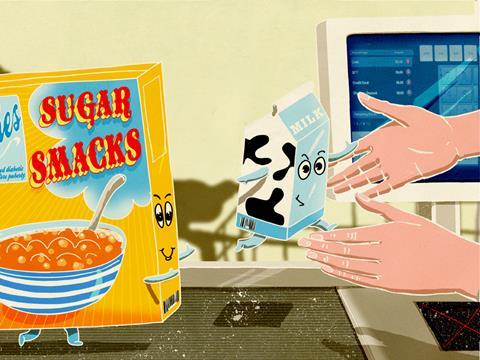
Innovate or die, warned Asda CEO Andy Clarke earlier this month. Innovation is the engine that keeps the fmcg business going. The only trouble is it keeps backfiring.
According to Nielsen, 65,725 new products were introduced into Western European markets from 2011 to 2013, but only 55% lasted six months on shelf while 73% were dumped after a year. And just as successful innovation delivers incremental category growth, unsuccessful innovation can set a category back.
“At best, the economic picture in Western Europe is challenging,” says Nielsen’s innovation guru David Hood, who compiled the report. “At worst, it’s bleak. Unit sales for all fmcg categories over the past 12 months highlight low to no growth. We’ve also seen an erosion of branded product share. Only discounters and private label have experienced any kind of unit growth.”
“At best, the picture is challenging, at worst it’s bleak. Unit sales for fmcg over the last 12 months highlight low to no growth”
David Hood, Nielsen
One clear innovation trend is to play it safe and tweak. Research by innovation experts What If reveals 88% of fmcg leaders admit they are “limited to focusing mainly on incremental innovations” and 64% of retailers say their innovation pipeline is “mostly focused on small improvements to current products”. Furthermore, the rate of progress is painfully slow. Only 2% of retailers (and no fmcg organisations) can get an idea to market in six months, while almost half take up to two years, according to What If. Even then, there is no guarantee of success.
Yet there are exceptions. Nielsen’s Breakthrough Innovation Report 2014 highlights several brands including Ariel, Cadbury and Foster’s that have succeeded. So what did they get right? And what resources offer brands a better chance of doing the same?
Nielsen has been analysing innovation in fmcg since 2011 and believes it has identified four central tenets to launching a successful product. These are: get the right innovation; get the innovation right; get the activation strategy right and get everyone right behind you.
“Remarkably obvious, yes, but the principles aren’t being followed,” says Hood. “The broader context is that growth isn’t being achieved, so there are clearly opportunities to innovate. And adopting a stricter adherence to those four principles is key - they are the DNA that sit within each of the breakthrough winners [see boxes, overleaf].”
In terms of getting the right innovation, the report highlights Cadbury, which took a “long hard look in the mirror” and delivered the damning self-assessment that its base range was too “staid” and that “consumers loved our brand, but they were not in love.”
In short, they needed to inject some fun. Enter Marvellous Creations, an innovation that delivered sales of more than £50m in 12 months and was voted top confectionery launch of 2013 by The Grocer.
“You need that objective framework to judge the strength of the innovation and remove the weak ones,” says Hood.
Quality over quantity
The next step is to get the innovation right. Nielsen offers up a series of rigorous standards for exactly what that constitutes, include confirming the innovation has “relevance, differentiation and superiority” and establishing “strategic alignment and volumetric potential”. It also encourages quality over quantity.
“We used to operate blind. Now we can simulate a bottle so the first time it goes down a manufacturing line I know there won’t be a problem.”
Eric Seiberling, Dassault Systemes
“Prioritising resource and putting investment behind a special few innovations means more can be more successfully nurtured into big bets,” says Hood. “However, closer inspection proves that there is a long way to get to 100% adherence to such a policy. In 2013, in the case of both the UK beer and chocolate categories, 80% of innovation-based revenue came from the top 3% of innovations. So a lot of detritus seems to exist.”
The third pillar is to take a collaborative approach to the rollout. “Communicate with retail,” says Hood. “Engaging early and winning the trust of the retailer so everyone started pulling together was a common thread running throughout the successful launches.”
Indeed, Hood says the “principal objective” of Marvellous Creations was to “engage the trade in the story behind the launch, and articulate the significant unmet demand this introduction was addressing.” Mondelez “blitzed stores and achieved 99% distribution within four weeks,” he adds.
The same advice extends to advertising. “You work really hard to get the innovation right yet the innovation is not always represented by the copy you go to market with,” says Hood. “That translation from product to copy is a big challenge - ad agencies want to deliver fresh original thinking, but they have got to stay grounded to the central message of the innovation.”
He stops short of naming innovations that have bombed as a result of bad ads, but singles out the Foster’s Gold ‘Good Call’ campaign as one that “really communicates its message nicely”. He instructs brands to “hold your creative partners to account to produce original copy while also representing the story of your innovation.”
Marathon or sprint?
Once you have that sparkling copy, the next decision is what approach you take to promotion. Nielsen has identified two different strategies - ‘sprinters’ and ‘marathoners’.
“Sprinters race out of the gate in year one with heavy backing, and then allow momentum to sustain their in-market performance in year two,” says Hood. “In the US, sprinters spent an average of $50m in traditional media during year one. In-store support is also high to stimulate trial. The result is significant in-market sales success: sprinters averaged $83m in sales in the first 12 months after launch.”
Then they ease off, pulling back “substantially on in-store activity and advertising - though advertising levels still remain higher than marathoners. Distribution levels remain flat. But the alignment of their offer with a unique demand insight, coupled with their aggressive year-one activation efforts, provides enough momentum to sustain sales in year two.”
Marathoners, on the other hand, “deliberately start out at a slower pace, and then build on their success in subsequent years.” Activation is increased in year two, with distribution, advertising and in-store support increased. Nielsen recorded an average second year sales increase of 80% - a higher level than sprinters, but Hood says “both activation models can generate signif icant and sustained in-market success.”
The final piece in the jigsaw is to get everyone united. Again, Hood concedes the advice sounds like a prerequisite, but it is by no means adopted by all.
“Behind the success of Marvellous Creations was an organisational togetherness unlike any other launch,” says Mondelez category head Andra Gough. “We moved as one, to push the boundaries more than ever before.”
The comprehensive scope of Nielsen’s analysis gives brands the theory, but on the practical side they can take advantage of cloud-based software like Vypr, which lets them interact with potential customers using smartphones.
“Vypr delivers insight into new recipes, packaging, and brand concepts at early stages of development,” says CEO and co-founder Ben Davies. Vypr users are questioned about products and send back their responses via smartphone. They are rewarded more if they tap their response from the relevant supermarket aisle - i.e. answering questions about marmalade surrounded by jars of the stuff.
Davies says it’s important for the consumer to be in the supermarket environment because “behavioural economists argue consumers are influenced by noise, environment and mindset, based on an argument of how the brain interprets information. They believe purchase is driven by very subconscious, intuitive thought processes.”
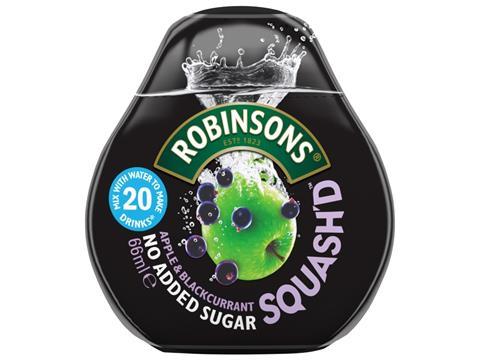
Is fmcg innovation stuck in a rut?
Research from innovation experts What If suggests the myriad challenges of successfully bringing a new product to market have made tweaking existing products, rather than launching new ones, the order of the day.
“In the fifties, the consumer goods market was at the forefront of innovative thinking,” says What If director Matthew Cushen. “Since then, a bank of successes and failures has been accumulated - and while this has allowed fmcg brands to develop database techniques for research and development, it has turned innovation into a science. This rigid approach has meant game-changing innovations can no longer come out of the ether but must instead be analysed and justified.”
Cushen suggests this evolution has led to an overly cautious approach by fmcg brands and retailers.
“A gradual consolidation in this industry has left the market with a handful of fmcg organisations, all of which are mired in risk-averse processes,” adds Cushen. “Some 88% of fmcg leaders admit they are limited to focusing mainly on incremental innovations and 64% of retailers say their innovation pipeline is mostly focused on small improvements to current products. So both are struggling to get out of this innovation rut.”
What If practice director Maddi Riddell says “systematic approaches to innovation, overwhelming choice for consumers and retailers ‘trained’ to expect range refreshes” has “blunted” fmcg’s edge. “To escape this world of diminishing returns we need to challenge and disrupt consumer behaviour and demonstrate new and better ways of doing things. And disruption needn’t mean a complete reinvention of production and distribution. A recent good example is Robinsons Squash’d - new behaviour, new packaging but product and distribution channel largely unaffected.”
Symington’s used Vypr to launch new flavours of Ragu. “NPD is crucial for our business, and it’s really easy to lose touch with what is going on out there when you are sitting in an fmcg castle,” says Symington’s category development manager Victoria Sowerby.
“People want more new products, but also they need products they want to buy - and technology like this means we can gauge what they do actually want, quickly and efficiently, a lot quicker than you could ever do on the street. And it’s cheap.”
It’s also effective. “We developed seven different flavours then used Vypr to decide which four to launch with,” adds Symington’s category analyst Matthew Day. “It also told us that Tomato and Chorizo would be the most popular, which helped with forecasting, because we could put that one in more stores. The sauces have only been on shelf for two months but sales have mirrored the Vypr predictions perfectly.” Sowerby says retailers also love Vpyr because it “gives a really strong story to our retail partners. They like the fact they know what the shoppers are going to buy.”
Retailers have also signed up to use Vypr for their private-label adventures. Davies says Morrisons is using the software “all the way from very early concept to late-stage decisions on merchandising, packaging and store distribution.”
The moment of truth
Eric Seiberling, a brand manager at P&G until 2005, says technological advances like these have been invaluable for brands wanting to launch a new product.
Seiberling, now director of CPG marketing for 3D software giant Dassault Systemes, says “the biggest struggles we had were that initiatives took too much time and we were operating blind. We would make resin moulds and prayed the bottle would look the same on the shelf. And we used to do physical testing. We would create a bunch of prototype bottles then drive them down a racetrack and one of the bottles would fall over. We didn’t even know why, so we had to do trial and error to fix it. Now we can simulate that bottle throughout the entire process so the first time it goes down a manufacturing line I know there won’t be a problem.”
It also generates “very significant savings in cost, time and raw materials. We are talking about savings in the region of 50% or more compared to five years ago.”
Dassault is also preparing to launch a third “core component” to its Perfect Package and Perfect Shelf software called Perfect Product, which will “boost R&D productivity, ensure global regulatory compliance from one market to another and reduce raw material costs” associated with a new launch.
“The shelf and the package represent the first moment of truth,” says Seiberling. “Packaging is the number-one driver of awareness in-store; it drives the consumer to put the product in the basket. The second moment is when the consumer uses the product, and if it doesn’t deliver, you can’t expect loyalty or repurchase. You destroy the value of the brand. So once you have all the core components in place you have the ability to transform how you take new products to market, or adapt existing products from one market to another.”
Ultimately, Seiberling agrees innovation is the “lifeblood of fmcg”.
“It’s not about only delighting the consumer but creating new news to encourage them to use your product. So the need for organic growth is extraordinarily important. Otherwise you just become a commodity sucking the value out of the business.”
And that’s not good. Innovate or die, then. Fortunately there is plenty going on to help brands make sure it’s the former, not the latter, that wins out.
Nielsen’s pick of the bunch…
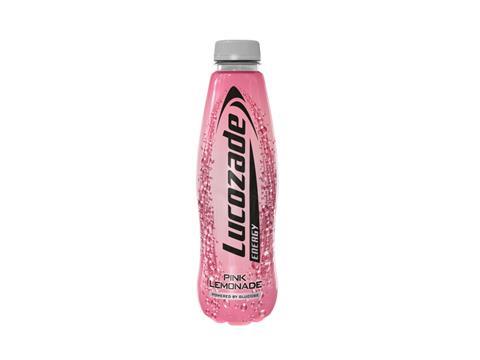
Lucozade Pink
Before the launch of Pink, Lucozade asked itself a question: How could the brand appeal more to females without alienating its core? Nielsen says the resulting product “hit the nail on the head, and with it, produced some impressive numbers. Pink Lemonade has been one of the biggest SKUs in the brand (and category) since launch - £17m sales in year one, strong incrementality and similar performance in year two.”
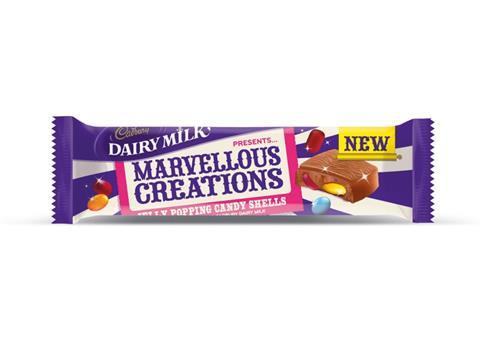
Cadbury Marvellous Creations
“Game-changing breakthroughs are rare, yet the launch of Marvellous Creations deserves special recognition,” says Nielsen. “Year one sales in the UK were over £46m, making it one of the most successful launches in any category in the past year.” Nielsen also described the launch as a “textbook example of go slow to go fast - the innovation hardly changed along the road because there was so much hard work put into the brief.”
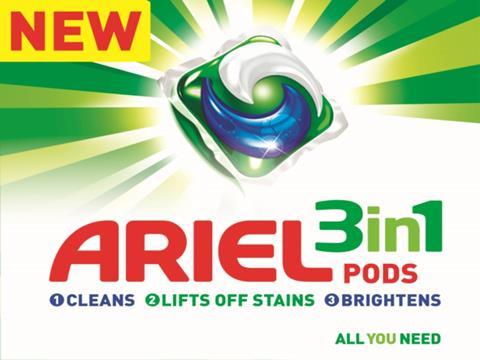
Ariel 3 in 1
“There’s no consumer on the planet that would prefer to do something in three steps when they can achieve the same result in one,” says Nielsen of Ariel’s 3 in 1 “super-powerful” pods. Technically, the innovation was a “segregation of chemistry” - a transparent film that let the team fit three components into a single pod. However, Nielsen says perhaps the real innovation was simply “superior cleaning on top of convenience.”



![XOXO-Product-Shot[ALL FLAVOUR]-Sky-1920x1080](https://dmrqkbkq8el9i.cloudfront.net/Pictures/274x183/4/9/2/355492_xoxoproductshotallflavoursky1920x1080_806584_crop.jpg)



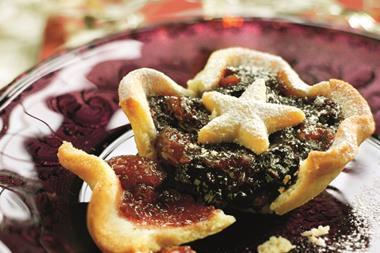
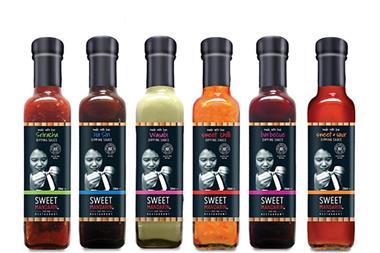
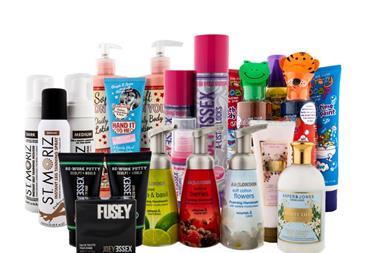
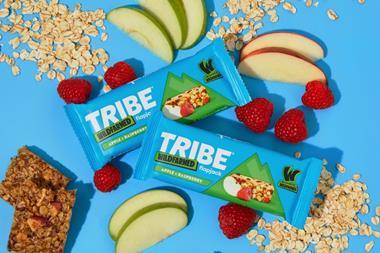
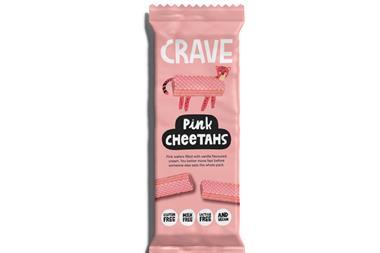







No comments yet